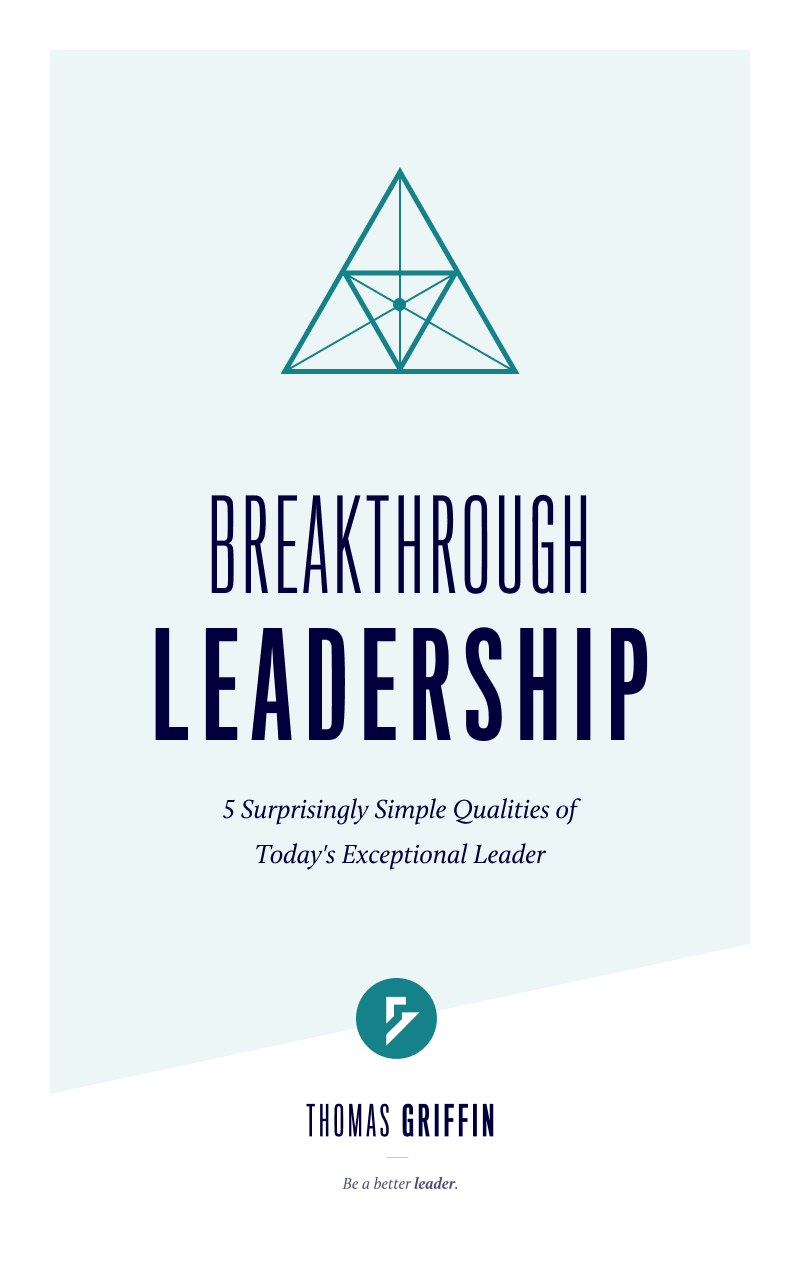Thomas Edison, the inventor of the light bulb, was stumped.
Edison was smart and industrious from childhood. He delivered newspapers as a boy, and as a reward for heroically saving a child’s life, Edison was taught how to use the telegraph.
He quickly became adept at using the telegraph, landing him a job as an official telegrapher. He pursued ways to simplify and automate the telegraph process, leading to the inventions of the automatic telegraph and message printer.
He soon dedicated his life to pioneering new inventions, and in 1876, he began inventing full time at a brand new laboratory in New Jersey.
But for Edison and his associates, one particular invention left them puzzled: the light bulb.
The idea was simple: heat up a thin piece of metal (filament) inside a vacuum-sealed glass bulb. The metal would heat up, and the vacuum-sealed bulb would prevent the metal from melting, leaving it to “glow” and give light.
After testing 2,000 different theories, nothing worked. Time and time again, trial would lead to error.
But Edison never gave up.
Finally, in 1879, after 3,000 trial and error tests, Edison discovered the solution to create the first lightbulb. He spent the next year tweaking and perfecting his invention, filing an official patent for the Edison light bulb in 1880.
The work wasn’t easy. Many of his colleagues gave up.
‘The electric light has caused me the greatest amount of study and has required the most elaborate experiments. I was never myself discouraged, or inclined to be hopeless of success. I cannot say the same for all my associates.’
Thomas Edison
Although Edison experienced setback after setback, he got back on his feet and found ways to forge ahead. During the process of inventing the lightbulb, Edison remarked:
Genius is one percent inspiration and ninety-nine percent perspiration.
Thomas Edison
Edison lived a life characterized by resilience, continually grappling with failure and bouncing back from it to try the next experiment. His resiliency led to some of the greatest and most well know inventions of our time.
Imagine if he would have given up.
Take a step back and analyze your life. Identify the most important initiatives you are working on at this moment.
What would happen if you gave up?
Great leaders are resilient. Here are 9 proven strategies to help you build it:
- Always be failing forward.
- Reflect on the past. Set sights on the future.
- Face the person in the mirror.
- Expand your time horizon.
- Step into the pain, not away from it or around it.
- Cultivate a growth mindset.
- Accept responsibility and avoid the victim mentality.
- Make the choice to be optimistic.
- Force adversity to plant the seeds of resilience.
Click here to read the full article on how to build resilience in your life →
Don’t give up. Listen to the words of Bruce Lee and apply them to your life:
Do not pray for an easy life, pray for the strength to endure a difficult one.
Bruce Lee
How do you need to grow in resilience?
To resiliency in all areas of life,
Thomas

Get the Better Leader Newsletter Delivered Directly to Your Inbox!
Join 9,227+ leaders taking the right steps to grow in their leadership. No spam – just real, thought-provoking stories and advice to make you a better leader. Grow in your leadership by subscribing today!
All Newsletters
Read past issues of The Better Leader Newsletter.






Leave a Reply